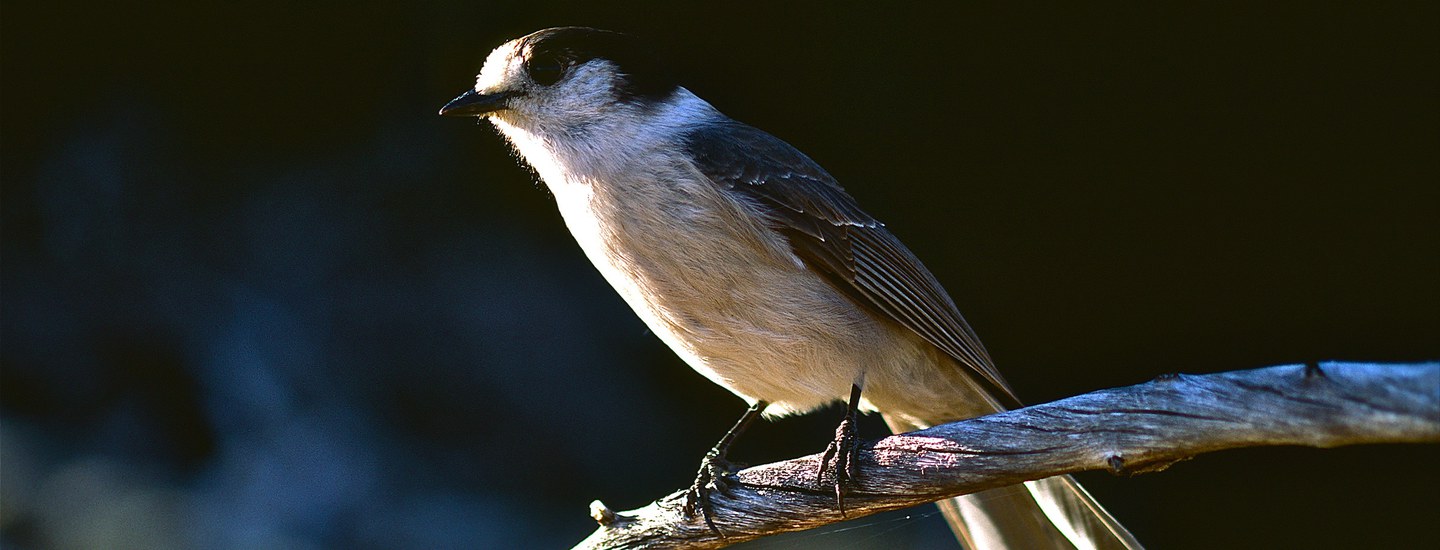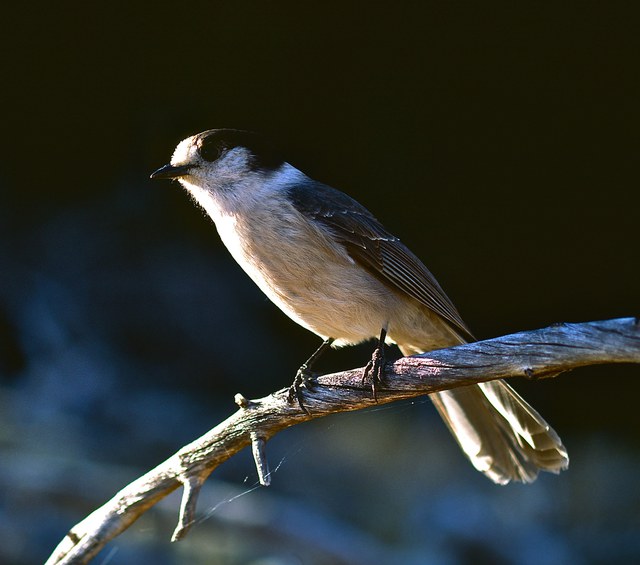Something I love about working on identification and learning more about the plants and animals around us is that it changes what we see and how we experience the world around us. What was once just birds becomes a singing Western Tanager, or a pair of mischievous Canada Jays (or, as I have always known them, camp robbers). The change in elevation might be more deeply appreciated when you are able to observe the junipers and ponderosa pines give way to lodgepole pines and mountain hemlock. Even the stars in the sky take on new meaning, revealing themselves as markers of time and direction and fables when you are able to find your bearings in the night sky and recognize what you are looking at. In addition to revealing new and deeper wonders, knowledge of what we are seeing in nature also means a deeper understanding and a deeper appreciation. To quote Rachel Carson, “The more clearly we can focus our attention on the wonders and realities of the universe about us, the less taste we shall have for destruction.”
On the other hand, learning to identify new species can often feel overwhelming, especially with younger kiddos who have (at least, in my house) little appetite for studying identification books. I personally would love to learn more about stargazing, but staring up at the infinitude of the night sky, I never seem to make my way past the trusty Big Dipper.
To try and make identification and learning about the natural world a little more engaging, I first start with either what my kids and I might already be interested in, or try to figure out what might be interesting about the species we are learning about. Huckleberries are a good example of this! What could be more fun than learning to find a wild and tasty treat? It can be exciting just to find and identify the bushes to come back to later when it’s berry season. I also try to take it one piece at a time. Just like a challenging jigsaw puzzle, you work on one interesting section at a time, and slowly see more of the picture taking shape. I hope that this identification series for kids will give shape to some interesting parts of the puzzle of the natural world all around us!
Join us next week for our first identification blog post with kids: invasive plant species!
This blog post was written by Land Trust volunteer Nicole Gricius! Thanks Nicole!
Learn more:
- Making the Summer Solstice Fun with Your Kids
- Observing Nature from a Sit Spot
- Five Ideas for Summer Fun with Your Kids
 Nicole Gricius is a native Oregonian, and she returned to Central Oregon with her partner to raise their three children and share her love of the outdoors with them. She has a PhD in Clinical Sexology and a Masters of Science in Counseling Psychology from Alaska Pacific University. She enjoys working as a psychotherapist in private practice, and plays as much as possible, including hiking, camping, skiing, kayaking, snowshoeing, and more.
Nicole Gricius is a native Oregonian, and she returned to Central Oregon with her partner to raise their three children and share her love of the outdoors with them. She has a PhD in Clinical Sexology and a Masters of Science in Counseling Psychology from Alaska Pacific University. She enjoys working as a psychotherapist in private practice, and plays as much as possible, including hiking, camping, skiing, kayaking, snowshoeing, and more.


